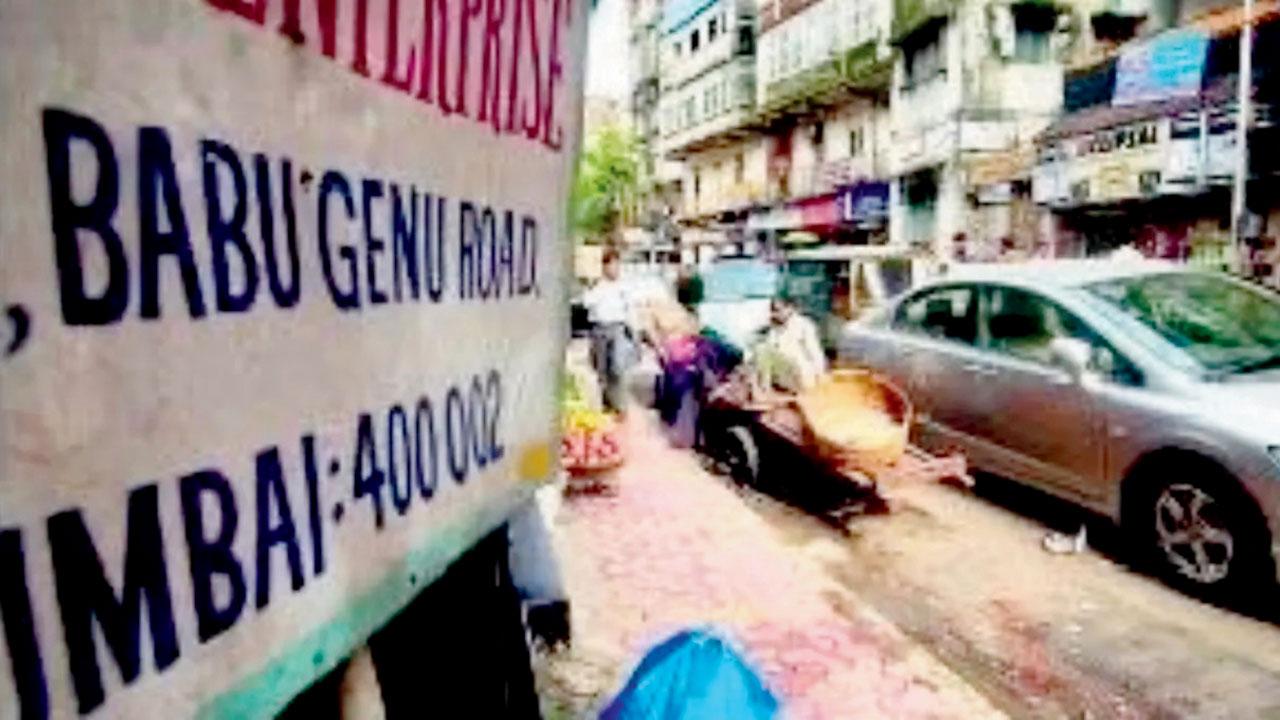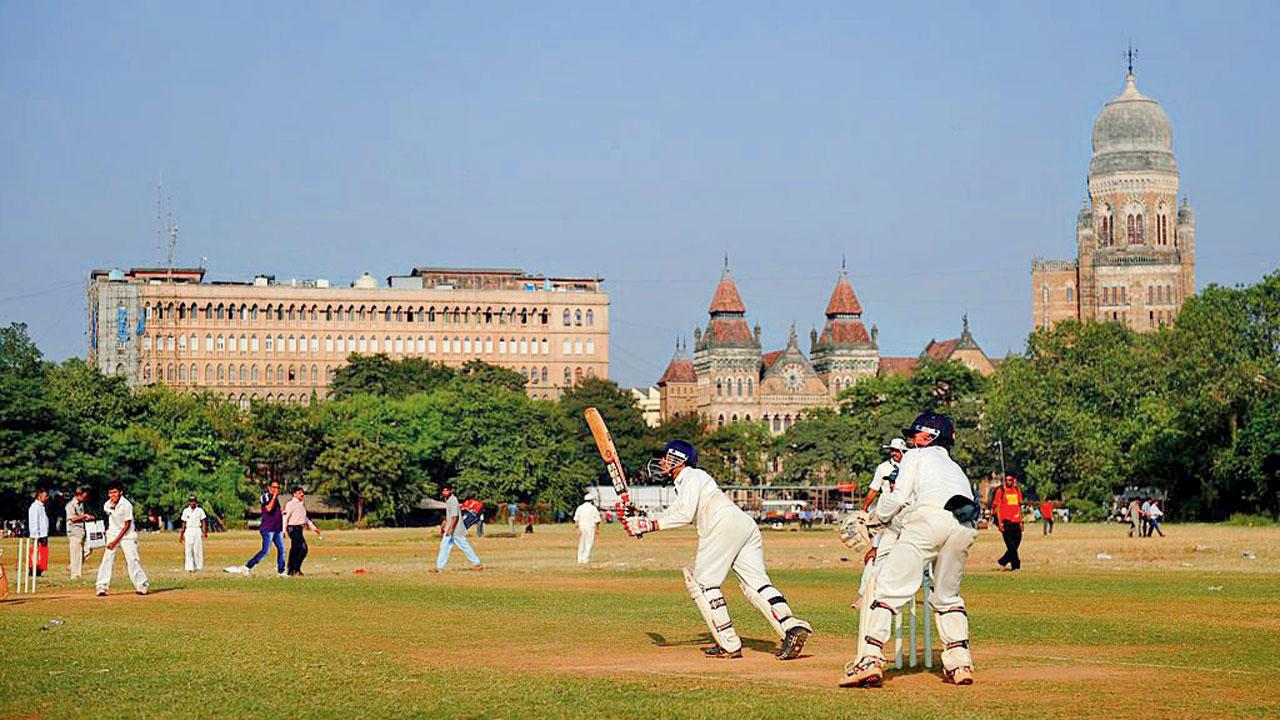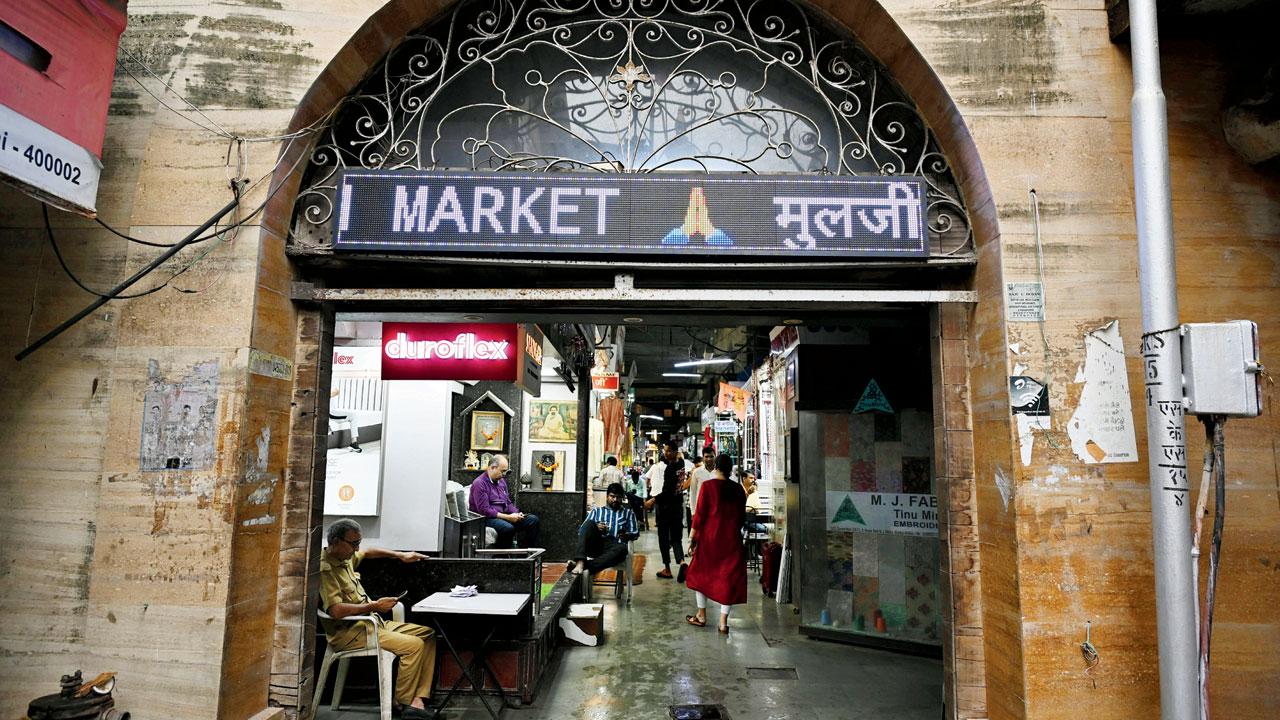There are many such sites in the city that hide in plain sight today, but were once key to the Independence movement

Elphinstone Mill in Parel, which was demolished in 2005 following a Bombay High Court order. Pic/Ashish Rane
From massive strikes by mill workers across the island city to protest against freedom fighters being jailed, to the civil disobedience movement being launched in the western suburbs, Mumbai echoes with stories of the freedom struggle that culminated with India attaining independence 77 years ago. There are many such sites in the city that hide in plain sight today, but were once key to the Independence movement. In conversation with Anita Rane-Kothare, historian and head of the ancient Indian history, culture and archaeology department at St Xavier’s College, Sunday mid-day uncovers some of these iconic landmarks.
ADVERTISEMENT
Salt Satyagraha at Wadala
The mass agitation in Wadala during the Salt Satyagraha was one of the seminal moments in the fight against the British. Approximately 15,000 activists and many other citizens rallied against the British Raj’s oppressive Salt Act of 1882, which prohibited Indians from collecting or selling salt. Congress volunteers mobilised the people of Wadala to raid the local salt depot, but the protesters—including women and children—faced severe police brutality. Despite numerous injuries and arrests, the demonstration continued in the suburbs, marking one of the most intense agitations in the country during the Independence movement.
Kalbadevi’s martyr

A road named after Babu Genu
During the civil disobedience movement, Mahatma Gandhi’s call to use swadeshi products had resonated deeply with the masses, bringing the industrial and business communities closer to the Congress. Babu Genu, an ordinary worker, was moved by Gandhi’s message and blockaded a lorry loaded with foreign clothes coming to Kalbadevi market. He stood in front of the vehicle, demanding it stop. Infuriated, a police officer drove the vehicle over Genu, killing him instantly. Genu’s legacy lives on in Kalbadevi, with one of the main roads now named in his honour.
Azad Maidan firing
 Azad Maidan is a hub of protests and formal cricket coaching today. Pic/Getty Images
Azad Maidan is a hub of protests and formal cricket coaching today. Pic/Getty Images
Azad Maidan was a hotspot for protests and other mass gatherings throughout the Independence struggle. On the anniversary of the passing of the Independence Resolution in 1930, the ground witnessed a large celebratory gathering. Demonstrations were scheduled at midnight, but as soon as the commemoration began, police entered the premises and opened fire on thousands of innocents. The peaceful protests quickly turned into a bloodbath. The mastermind behind this brutality was GS Wilson, then the Police Commissioner of Bombay.
Mulji Jetha Market strike

The entrance to Mulji Jetha Market, one of the largest textile markets in Asia, near Zaveri Bazar. Pic/Ashish Raje
The Bombay textile workers’ strike of 1908 is one of the most notable strikes of the early 20th century in India. It occurred in response to Lokmanya Tilak’s imprisonment for “sedition”. To protest Tilak’s six-year sentence, mill workers initiated a strike that brought Bombay to a standstill. On July 22, 1908, one of the main markets of the city, Mulji Jetha Market, closed and remained shut for a week, crippling textile trade in the country. The strike lasted nearly a week, prompting the authorities to call in the army due to the perceived threat. The ensuing violence resulted in the deaths of 16 people.
Salt production at Vile Parle
The civil disobedience movement, initiated with the Salt Satyagraha, was launched simultaneously in Sabarmati and Vile Parle on April 6, 1930. This date also marked the anniversary of the Rowlatt Satyagraha, launched in 1919 to protest against the Rowlatt Act, which empowered the British government to arrest and imprison people without a trial. The Vile Parle movement was led by Jamnalal Bajaj. The Maharashtra Civil Disobedience Committee, headquartered in Pune, mobilised mass support for the movement. Inspired by Kasturba Gandhi and Janki Devi Bajaj, women at the Vile Parle Camp began the agitation with prayers and the production of salt in cement pans, in what is regarded as one of the most intense and successful Satyagraha events. Research scholar Sandeep Dahisarkar notes that aluminium factory owners Kamalaben
and Jivanlal Sonawala donated their land for the Camp in 1929. This area today is known as Vile Parle West.
Fiery demonstrations by swadeshi activists
The burning of foreign clothes in Mumbai showed the British just how resolved Indians were on swadeshi and swaraj. In 1921, Mumbai saw three significant bonfires of foreign garments, the first of which was ignited at Elphinstone Mill by Mahatma Gandhi on July 31 that year. The freedom fighter set ablaze a 20-foot pile of foreign clothes before a crowd of 12,000 people. Subsequently, two more bonfires were lit in the city, drawing around 25,000 spectators each.
Revolutionary festivities
Historian Anita Rane-Kothare highlights the crucial role served by the “sarvajanik Ganeshotsav”, introduced by Lokmanya Gangadhar Tilak to foster unity through community formation—a tradition that exists to this day in Mumbai. “The BDD chawls around Lalbaug, home to many mill workers, became pivotal in this movement. These gatherings for Ganesh Chaturthi celebrations marked one of the earliest collective unity movements against British rule,” she says.
 Subscribe today by clicking the link and stay updated with the latest news!" Click here!
Subscribe today by clicking the link and stay updated with the latest news!" Click here!







